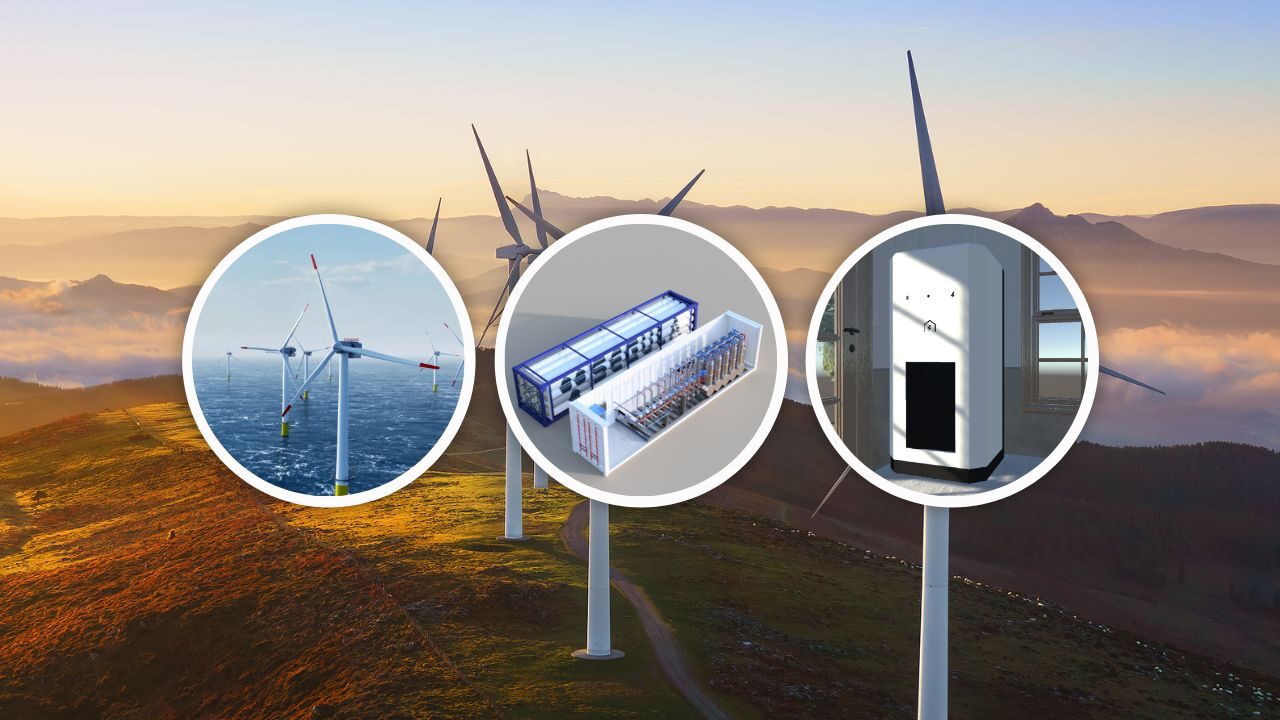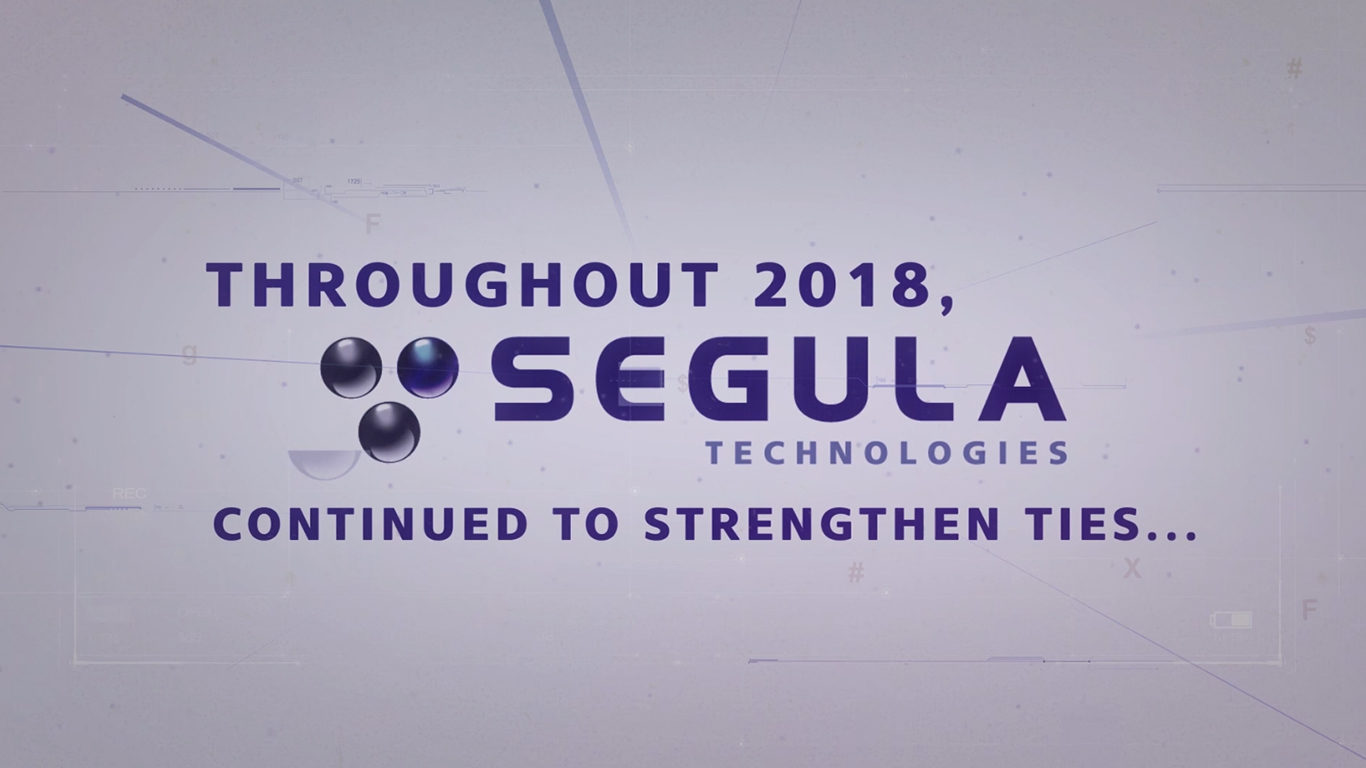A GLOBAL SHIFT TOWARDS LOW-CARBON AVIATION
Hydrogen is emerging as the solution of the future for a rapidly changing aviation sector. In 2022,
players in the aviation sector gathered in Toulouse for the European Aviation Summit dedicated to air transport. The event resulted in the adoption of the Toulouse Declaration by 42 states and numerous stakeholders in the sector, committing to a zero-carbon target by 2050. Among the decarbonisation options being explored, sustainable aviation fuels are set to play a key role. Hydrogen, in particular, is emerging as a major solution. SEGULA has been firmly committed to this path since 2005. This is a rare approach for engineering companies, where few players have a dedicated R&D department.
TWO TECHNOLOGICAL APPROACHES: DIRECT COMBUSTION OR FUEL CELLS
‘In 2018, I conducted fuel cell tests on a drone. The aim was simply to show that it could take off, fly and land using hydrogen,’ recalls Frédéric Claude. In aeronautics, two technologies currently dominate: direct hydrogen combustion and fuel cells. Direct combustion, which involves burning liquid hydrogen in aircraft turbines, is a principle that has already been proven in Ariane space launchers. It has the advantages of being compatible with current aircraft architecture, producing power comparable to conventional longhaul engines and reducing carbon emissions by 100% and nitrogen oxide (NOx) emissions by 80%. Frédéric Claude is focusing his work more on fuel cells, which convert hydrogen into electricity to power electric motors. ‘It’s a very clean
energy source because fuel cells emit nothing but water and are particularly efficient. Their energy conversion capacity is two to three times higher than combustion, reducing the climate impact by 75 to 90%. They are particularly well suited to low-powered aircraft.’

Frédéric Claude, Head of Research and Development
A DIFFICULT BALANCE BETWEEN POWER, AUTONOMY AND LIGHTNESS
Since this initial work, Frédéric Claude and his team have launched numerous other research projects to improve their understanding of hydrogen systems. ‘The difficulty in integrating hydrogen into aeronautics, even more so than in other sectors,
is achieving the delicate balance between power, energy efficiency and the weight of the hydrogen system,’ continues Frédéric Claude. ‘For example, aircraft using hydrogen combustion technology require 10 to 30% more energy than kerosene, mainly due to the weight of the cryogenic tanks that keep the hydrogen in liquid form at very low temperatures.’ SEGULA is there fore seeking to meet the challenge of producing thrust equivalent to that of combustion engines using electricity, without increasing the weight and load of the aircraft. Storing hydrogen is also a challenge, because the aircraft must carry as much energy in the form of hydrogen as kerosene provides, without increasing the overall weight. And while fuel cell systems are energy efficient, their weight remains a major obstacle.
LIGHTER FOR CLEANER FLIGHT
In practical terms, Frédéric Claude’s R&D team works on designing complete hydrogen systems, from tanks to converters, for drones, zeppelins and light aircraft, according
to the needs of client companies.
It supports them through to the prototype stage and proof of concept. ‘We are working on using new materials to make fuel cells lighter,’ he says. ‘And our research has already enabled us to produce low-power fuel cells weighing one kilogram per kilowatt. This is a real technological leap forward, as the current standard is five kg/kW. Some cells even exceed 5 kg/kW for those in the 2 kW range!‘ Among their most notable innovations, the team is conducting research on “flexible” tanks for storing low-pressure hydrogen gas on board a Zeppelin airship. It is also developing converters to adapt the direct current produced by small fuel cells that operate at high current and low voltage. These are used to deliver voltage according to the requirements of the equipment. ‘We couldn’t find any converters from manufacturers that could meet our needs without causing too much energy loss and without being too heavy. So we decided to invent one!’
RESEARCH FOCUSED ON EXCELLENCE
To remain at the forefront of their field, Frédéric Claude and his colleagues do not work alone. They are supported by PhD students, whose theses they supervise, and collaborate with renowned academic laboratories such as Femto-ST,
a world-class research laboratory associated with the CNRS, and FC-LAB, a service and research centre dedicated to hydrogen
systems. This structure, located in Belfort (France), is part of the CNRS, the University of Burgundy Franche-Comté, the University of Technology Belfort-Montbéliard and the Ecole Nationale Supérieure de Mécanique and Microtechniques. ‘We also cooperate with start-ups,’ he continues. ‘Our expertise spans mechanics, artificial intelligence, control systems and electrical engineering.’
Their latest challenge is to develop and commission a test bench for in-house testing of low-power fuel cells. ‘It will be operational in its dedicated room by the end of 2025,’ concludes Frédéric Claude. ‘We even plan to produce our own hydrogen for these tests using an electrolyser, so as to guarantee optimal quality and continuous availability. This is a huge asset for the promising future of hydrogen in aeronautics!’








 FOR A BETTER EXPERIENCE
FOR A BETTER EXPERIENCE